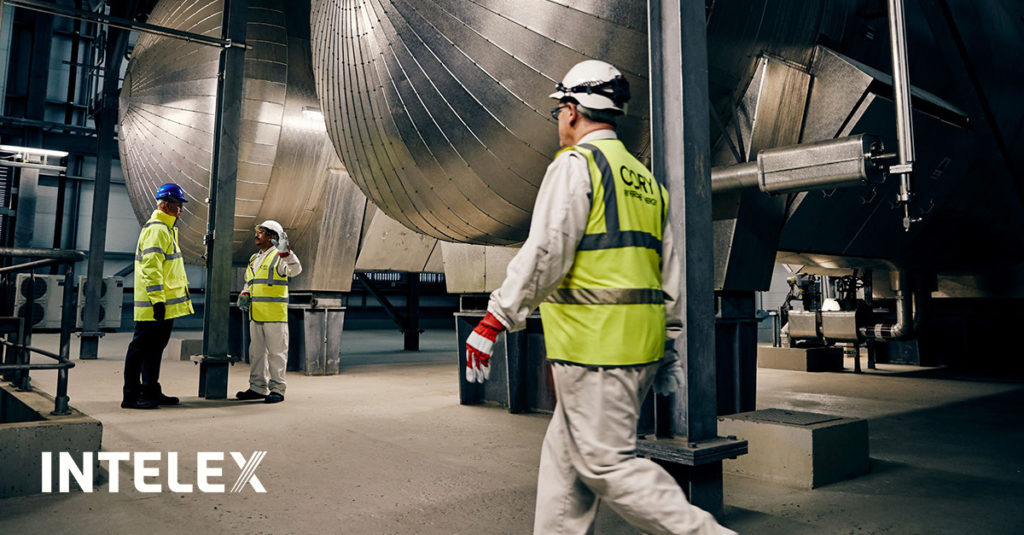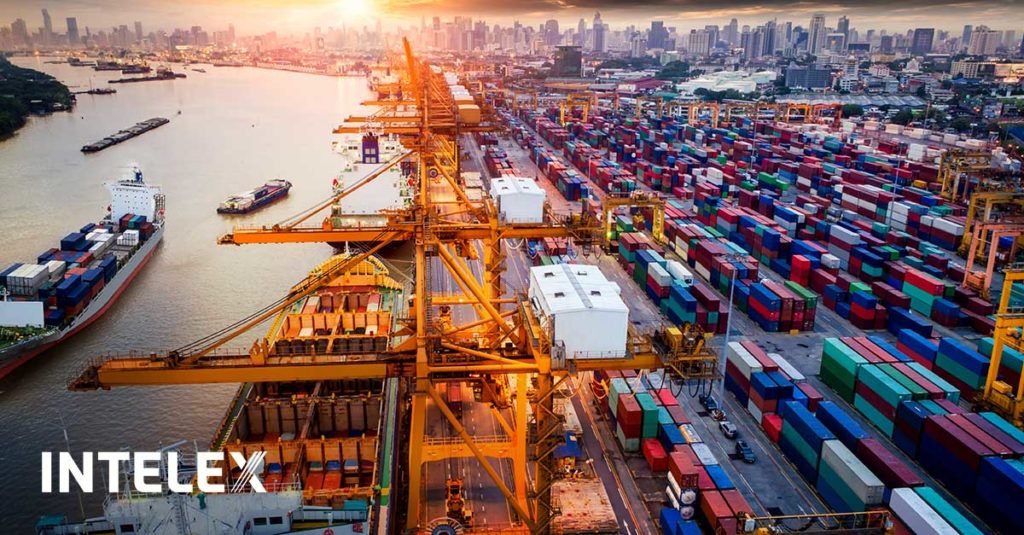
Leaders2Leaders The Network features a series of interactive, customer-led sessions we hope will encourage best practice sharing, networking and collaboration with our Intelex European customers. The sessions – for users by users – offer insight, pro tips and more to help you get the most from our platform.
A recent Leaders2Leaders The Network session featured Heidelberg Cement’s Paulina Lagodzinska, business analyst for EHS, sharing her insights about capturing end user feedback and why that is so important when it comes to adoption of a software system.
Heidelberg Cement has 58,000 employees in 60 countries, and 14,000 are active Intelex users. And by active, we mean ACTIVE: Since 2015, the company has recorded 63,000 corrective and preventative actions, registered half a million incident reports and half a million safety conversations. “Intelex is a very, very important tool for us,” said Lagodzinska.
Here are the four key lessons she shared during the session:
1. … Read more...









